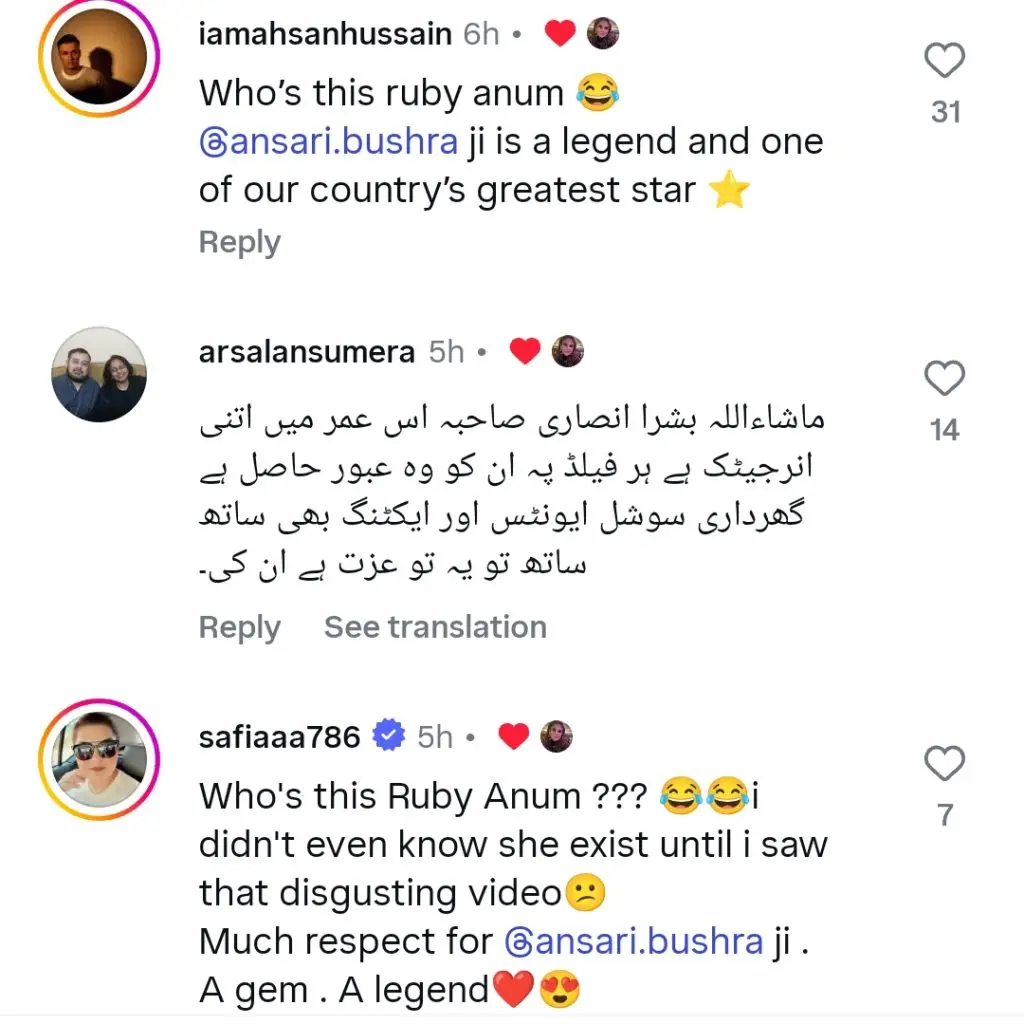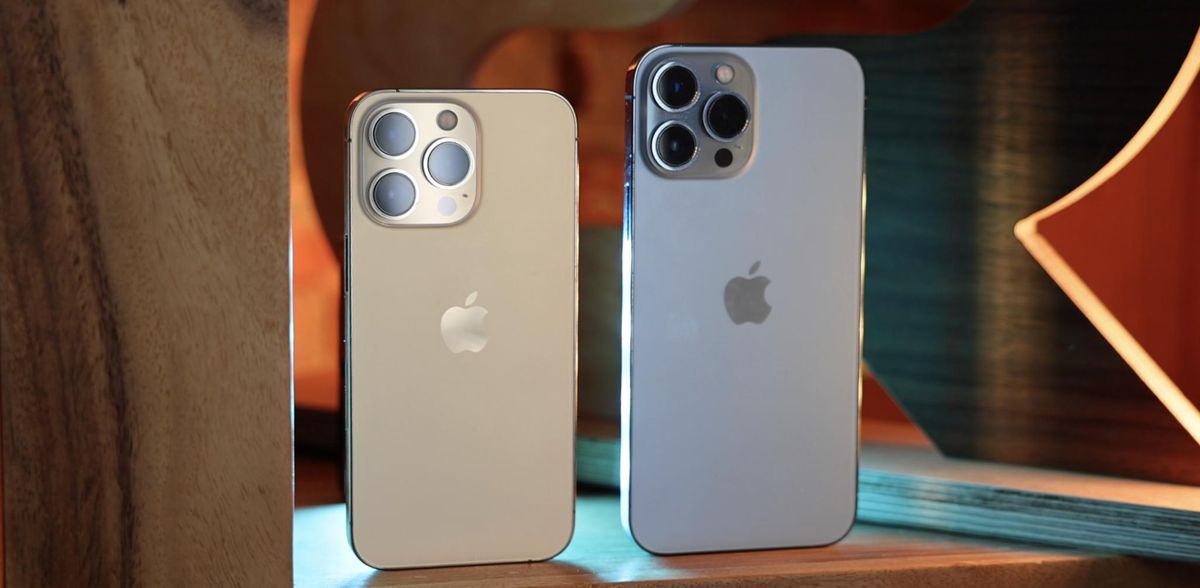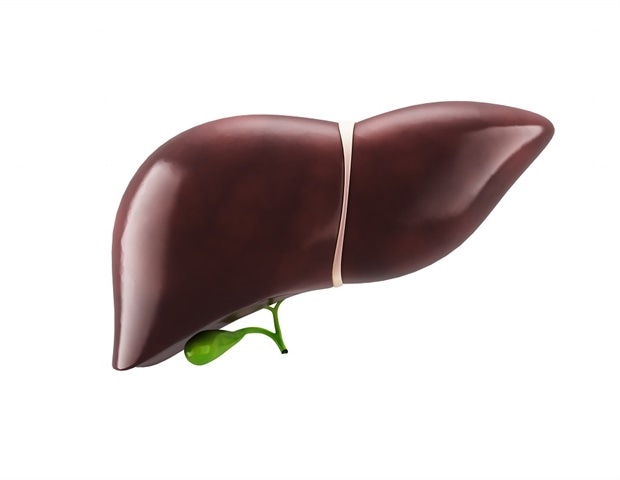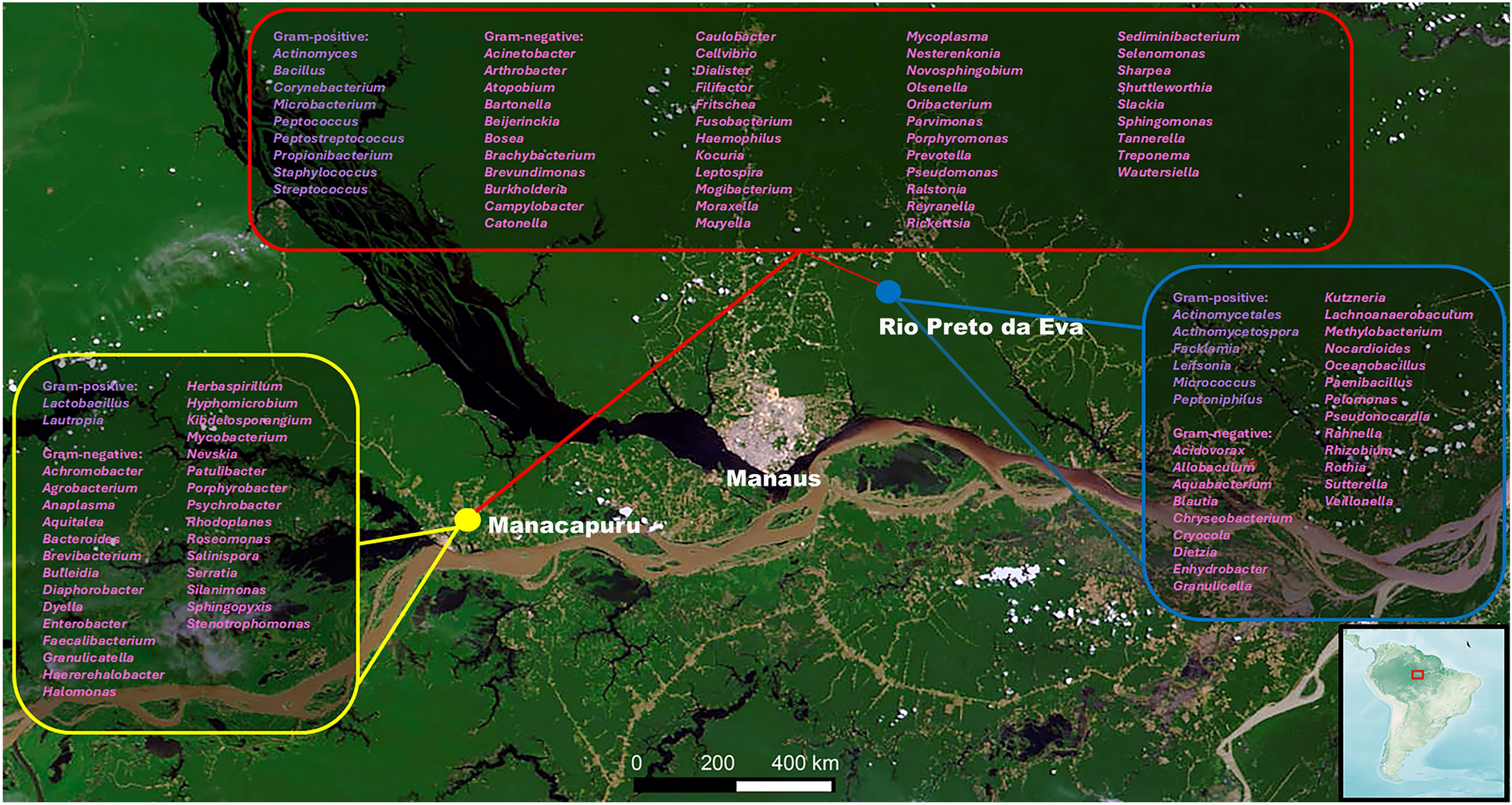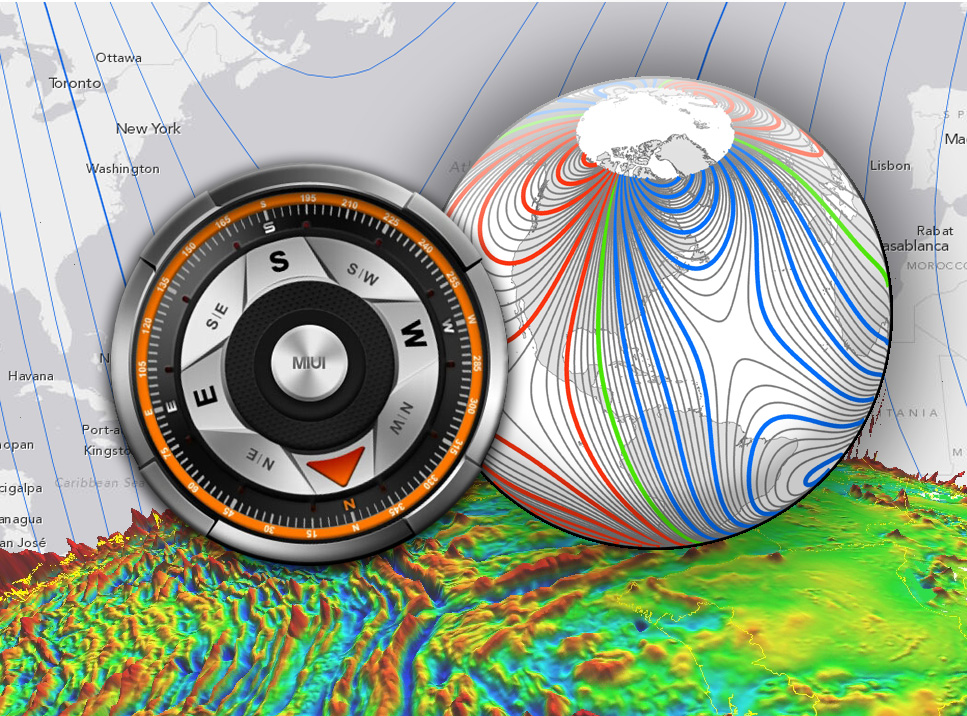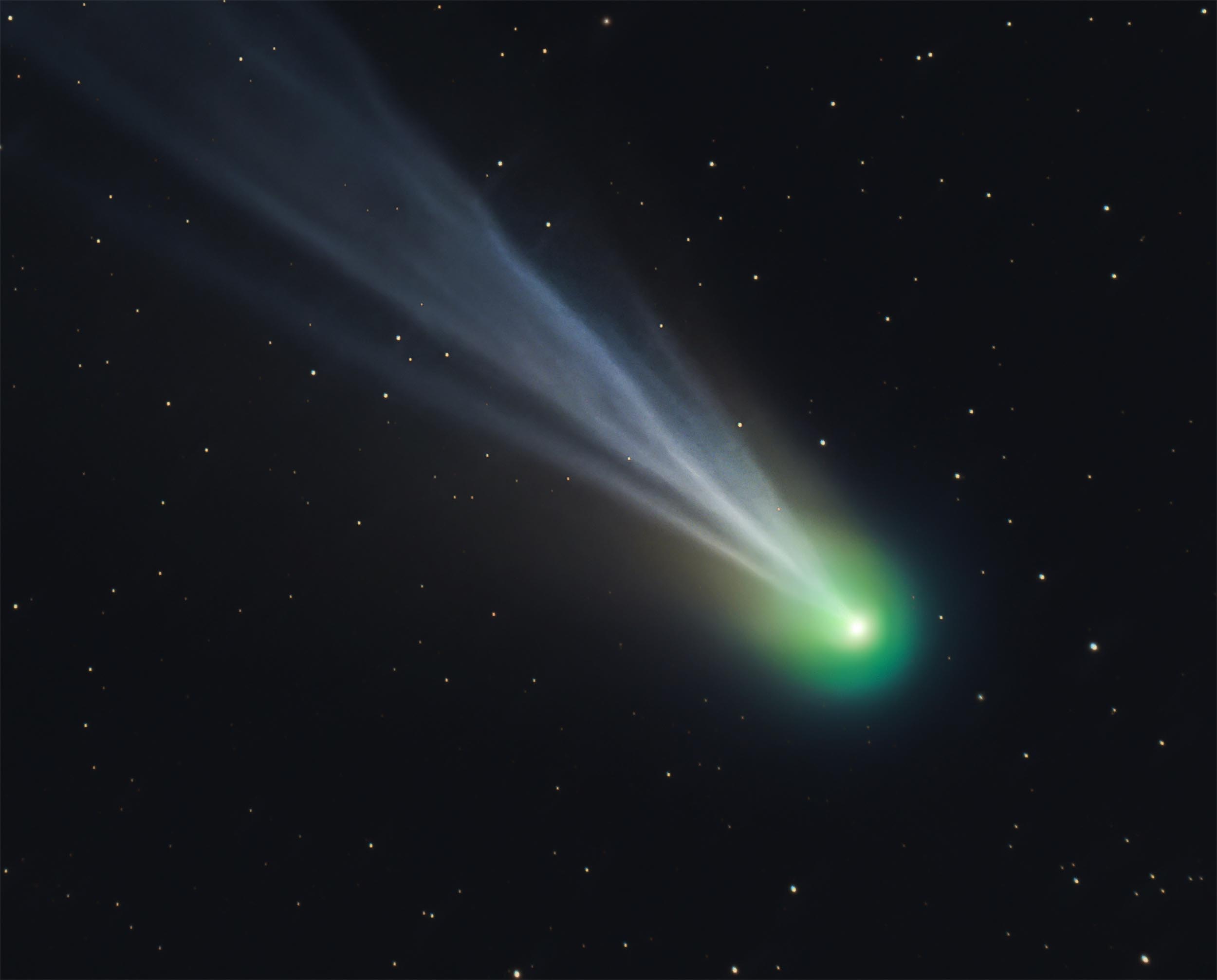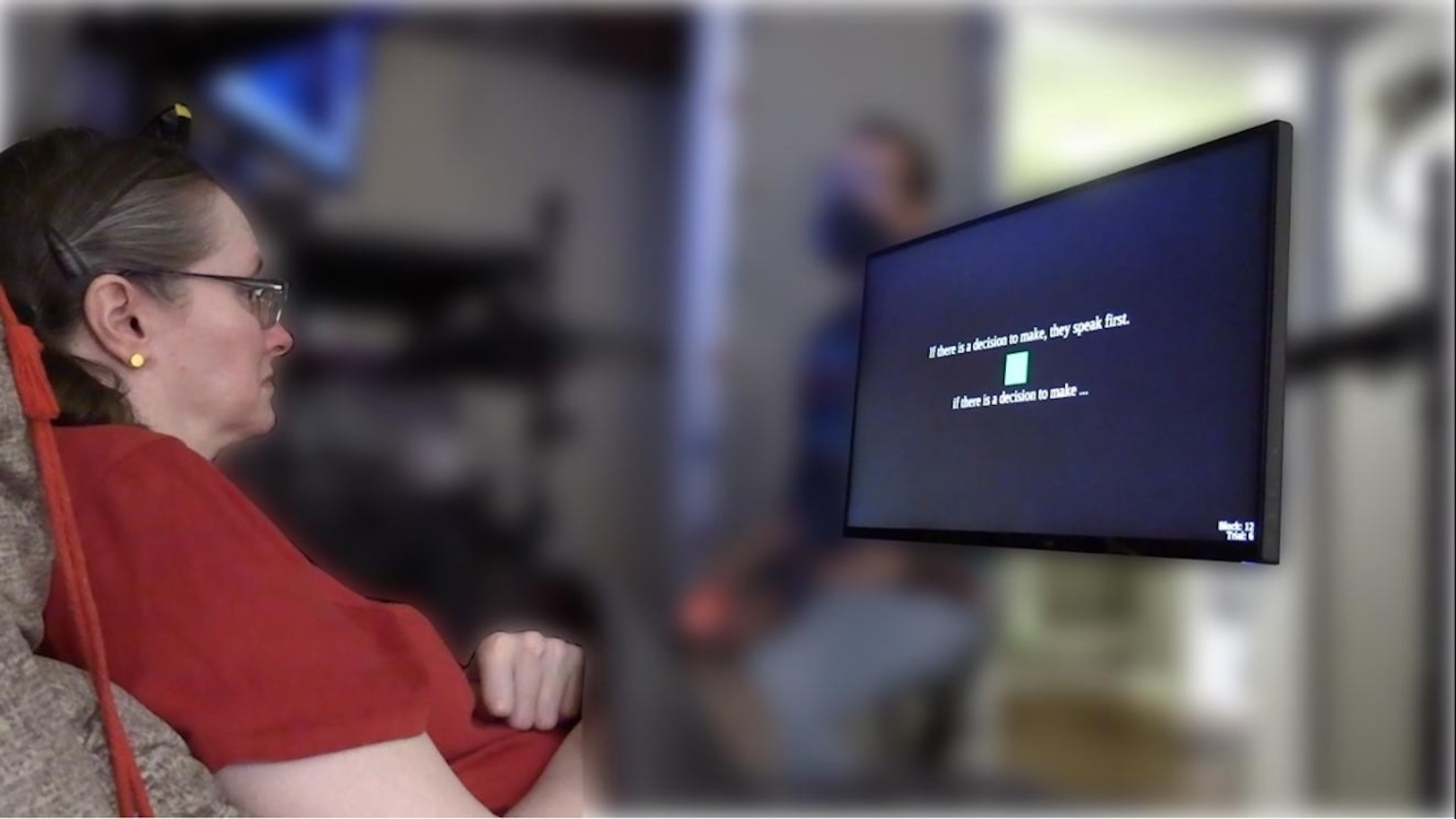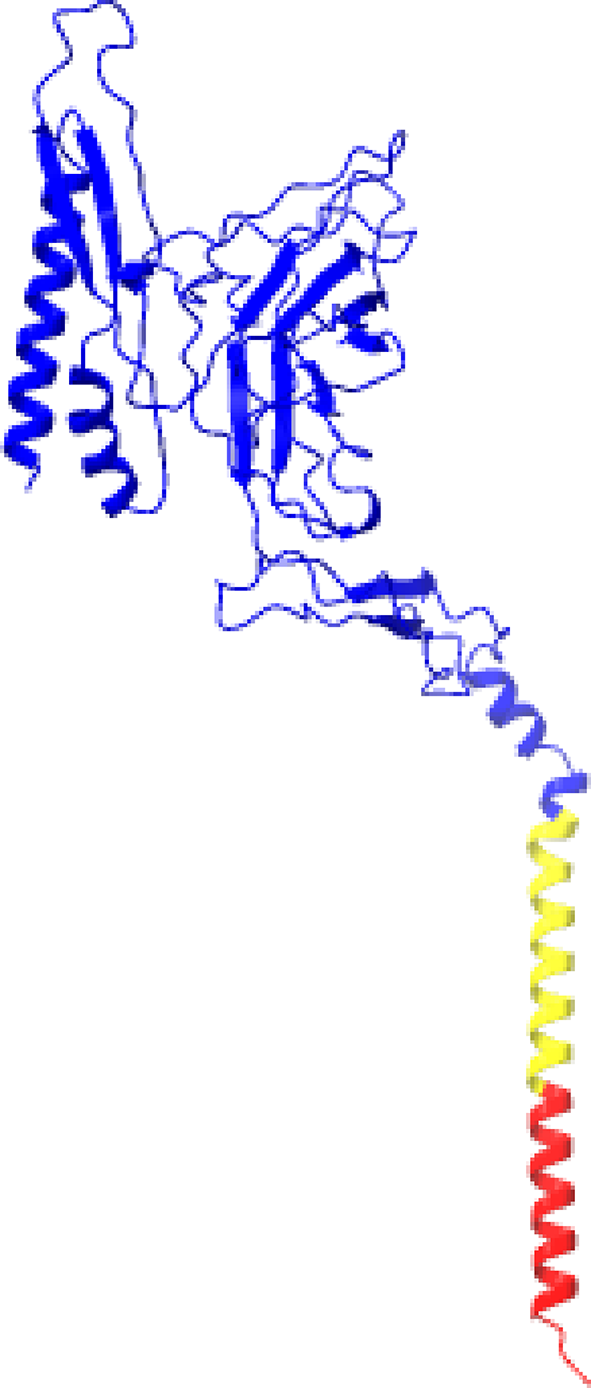WHO. World malaria report 2022, Geneva, 2022. https://www.who.int/teams/global-malaria-programme/reports/world-malaria-report-2022 (accessed April 11, 2023).
Sahayarayan JJ, Soundar Rajan K, Nachiappan M, Prabhu D, Guru Raj Rao R, Jeyakanthan J, Hossam Mahmoud A, Mohammed OB, Morgan AMA. Identification of potential drug target in malarial disease using molecular Docking analysis. Saudi J Biol Sci. 2020;27:3327–33. https://doi.org/10.1016/J.SJBS.2020.10.019.
Article
Google Scholar
Nsanzabana C. Resistance to Artemisinin combination therapies (ACTs): do not forget the partner drug! Trop Med Infect Dis. 2019;4. https://doi.org/10.3390/TROPICALMED4010026.
Oladejo DO, Oduselu G, Dokunmu TM, Isewon I, Oyelade J, Okafor E, Iweala EEJ, Adebiyi E. In Silico structure prediction, molecular docking, and dynamic simulation of plasmodium falciparum AP2-I transcription factor. Bioinform Biol Insights. 2023;17. https://doi.org/10.1177/11779322221149616.
Chinedu SN, Bella-Omunagbe M, Okafor E, Afolabi R, Adebiyi E. Computational studies on 6-Pyruvoyl Tetrahydropterin synthase (6-PTPS) of plasmodium falciparum. Bioinform Biol Insights. 2024;18. https://doi.org/10.1177/11779322241230214.
Oduselu GO, Afolabi R, Ademuwagun I, Vaughan A, Adebiyi E. Structure-based pharmacophore modeling, virtual screening, and molecular dynamics simulation studies for identification of plasmodium falciparum 5-aminolevulinate synthase inhibitors. Front Med (Lausanne). 2023;9:3969. https://doi.org/10.3389/FMED.2022.1022429/BIBTEX.
Article
Google Scholar
Doshi K, Pandya N, Datt M. In Silico assessment of natural products and approved drugs as potential inhibitory scaffolds targeting aminoacyl-tRNA synthetases from plasmodium. 3 Biotech. 2020;10:470. https://doi.org/10.1007/S13205-020-02460-6.
Article
PubMed
PubMed Central
Google Scholar
Abugri J, Ayariga J, Sunwiale SS, Wezena CA, Gyamfi JA, Adu-Frimpong M, Agongo G, Dongdem JT, Abugri D, Dinko B. Targeting the plasmodium falciparum proteome and organelles for potential antimalarial drug candidates. Heliyon. 2022;8:e10390. https://doi.org/10.1016/J.HELIYON.2022.E10390.
Article
PubMed
PubMed Central
Google Scholar
Mawson AR. The pathogenesis of malaria: a new perspective. Pathog Glob Health. 2013;107:122. https://doi.org/10.1179/2047773213Y.0000000084.
Article
PubMed
PubMed Central
Google Scholar
Child MA, Harris PK, Collins CR, Withers-Martinez C, Yeoh S, Blackman MJ. Molecular Determinants for Subcellular Trafficking of the Malarial Sheddase PfSUB2, Traffic 14 (2013) 1053–1064. https://doi.org/10.1111/TRA.12092
Alam A, Bhatnagar RK, Relan U, Mukherjee P, Chauhan VS. Proteolytic activity of plasmodium falciparum subtilisin-like protease 3 on parasite profilin, a multifunctional protein. Mol Biochem Parasitol. 2013;191:58–62. https://doi.org/10.1016/J.MOLBIOPARA.2013.09.006.
Article
PubMed
Google Scholar
Mahanta PJ, Lhouvum K. Plasmodium falciparum proteases as new drug targets with special focus on metalloproteases. Mol Biochem Parasitol. 2024;258:111617. https://doi.org/10.1016/J.MOLBIOPARA.2024.111617.
Article
PubMed
Google Scholar
Paoletta MS, Wilkowsky SE. Thrombospondin related anonymous protein superfamily in Vector-Borne apicomplexans: the parasite’s toolkit for cell invasion. Front Cell Infect Microbiol. 2022;12:831592. https://doi.org/10.3389/FCIMB.2022.831592/BIBTEX.
Article
PubMed
PubMed Central
Google Scholar
Siddiqui FA, Dhawan S, Singh S, Singh B, Gupta P, Pandey A, Mohmmed A, Gaur D, Chitnis CE. A thrombospondin structural repeat containing Rhoptry protein from plasmodium falciparum mediates erythrocyte invasion. Cell Microbiol. 2013;15:1341–56. https://doi.org/10.1111/CMI.12118.
Article
PubMed
Google Scholar
Green JL, Hinds L, Grainger M, Knuepfer E, Holder AA. Plasmodium thrombospondin related apical merozoite protein (PTRAMP) is shed from the surface of merozoites by PfSUB2 upon invasion of erythrocytes. Mol Biochem Parasitol. 2006;150:114–7. https://doi.org/10.1016/J.MOLBIOPARA.2006.06.010.
Article
PubMed
Google Scholar
Thompson J, Cooke RE, Moore S, Anderson LF, Janse CJ, Waters AP. PTRAMP; a conserved plasmodium thrombospondin-related apical merozoite protein. Mol Biochem Parasitol. 2004;134:225–32. https://doi.org/10.1016/j.molbiopara.2003.12.003.
Article
PubMed
Google Scholar
Cowman AF, Berry D, Baum J. The cellular and molecular basis for malaria parasite invasion of the human red blood cell. J Cell Biol. 2012;198:961–71. https://doi.org/10.1083/JCB.201206112.
Article
PubMed
PubMed Central
Google Scholar
Lopaticki S, McConville R, John A, Geoghegan N, Mohamed SD, Verzier L, Steel RWJ, Evelyn C, O’Neill MT, Soler NM, Scott NE, Rogers KL, Goddard-Borger ED, Boddey JA. Tryptophan C-mannosylation is critical for plasmodium falciparum transmission. Nat Commun. 2022;13:4400–4400. https://doi.org/10.1038/S41467-022-32076-8.
Article
PubMed
PubMed Central
Google Scholar
Yang J, Yan R, Roy A, Xu D, Poisson J, Zhang Y. The I-TASSER Suite: protein structure and function prediction, Nature Methods 2015 12:1 12 (2014) 7–8. https://doi.org/10.1038/nmeth.3213
Bateman A, Martin M-J, Orchard S, Magrane M, Ahmad S, Alpi E, Bowler-Barnett EH, Britto R, Bye-A-Jee H, Cukura A, Denny P, Dogan T, Ebenezer T, Fan J, Garmiri P, da Costa Gonzales LJ, Hatton-Ellis E, Hussein A, Ignatchenko A, Insana G, Ishtiaq R, Joshi V, Jyothi D, Kandasaamy S, Lock A, Luciani A, Lugaric M, Luo J, Lussi Y, MacDougall A, Madeira F, Mahmoudy M, Mishra A, Moulang K, Nightingale A, Pundir S, Qi G, Raj S, Raposo P, Rice DL, Saidi R, Santos R, Speretta E, Stephenson J, Totoo P, Turner E, Tyagi N, Vasudev P, Warner K, Watkins X, Zaru R, Zellner H, Bridge AJ, Aimo L, Argoud-Puy G, Auchincloss AH, Axelsen KB, Bansal P, Baratin D, Batista Neto TM, Blatter M-C, Bolleman JT, Boutet E, Breuza L, Gil BC, Casals-Casas C, Echioukh KC, Coudert E, Cuche B, de Castro E, Estreicher A, Famiglietti ML, Feuermann M, Gasteiger E, Gaudet P, Gehant S, Gerritsen V, Gos A, Gruaz N, Hulo C, Hyka-Nouspikel N, Jungo F, Kerhornou A, Le Mercier P, Lieberherr D, Masson P, Morgat A, Muthukrishnan V, Paesano S, Pedruzzi I, Pilbout S, Pourcel L, Poux S, Pozzato M, Pruess M, Redaschi N, Rivoire C, Sigrist CJA, Sonesson K, Sundaram S, Wu CH, Arighi CN, Arminski L, Chen C, Chen Y, Huang H, Laiho K, McGarvey P, Natale DA, Ross K, Vinayaka CR, Wang Q, Wang Y. Nucleic Acids Res. 2023;51:D523–31. https://doi.org/10.1093/nar/gkac1052. J. Zhang, UniProt: the Universal Protein Knowledgebase in 2023.
Article
Google Scholar
Baek M, DiMaio F, Anishchenko I, Dauparas J, Ovchinnikov S, Lee GR, Wang J, Cong Q, Kinch LN, Dustin Schaeffer R, Millán C, Park H, Adams C, Glassman CR, DeGiovanni A, Pereira JH, Rodrigues AV, Van Dijk AA, Ebrecht AC, Opperman DJ, Sagmeister T, Buhlheller C, Pavkov-Keller T, Rathinaswamy MK, Dalwadi U, Yip CK, Burke JE, Christopher Garcia K, Grishin NV, Adams PD, Read RJ, Baker D. Accurate prediction of protein structures and interactions using a three-track neural network. Science. 1979;373(2021):871–6. https://doi.org/10.1126/SCIENCE.ABJ8754/SUPPL_FILE/ABJ8754_MDAR_REPRODUCIBILITY_CHECKLIST.PDF.
Article
Google Scholar
Waterhouse A, Bertoni M, Bienert S, Studer G, Tauriello G, Gumienny R, Heer FT, De Beer TAP, Rempfer C, Bordoli L, Lepore R, Schwede T. SWISS-MODEL: homology modelling of protein structures and complexes. Nucleic Acids Res. 2018;46:W296. https://doi.org/10.1093/NAR/GKY427.
Article
PubMed
PubMed Central
Google Scholar
Colovos C, Yeates TO. Verification of protein structures: patterns of nonbonded atomic interactions. Protein Sci. 1993;2:1511–9. https://doi.org/10.1002/PRO.5560020916.
Article
PubMed
PubMed Central
Google Scholar
Eisenberg D, Lüthy R, Bowie JU. Assessment of protein models with three-dimensional profiles. Methods Enzymol. 1997;277:396–404. https://doi.org/10.1016/S0076-6879(97)77022-8.
Article
PubMed
Google Scholar
Laskowski RA, MacArthur MW, Moss DS, Thornton JM. PROCHECK: a program to check the stereochemical quality of protein structures. J Appl Crystallogr. 1993;26:283–91. https://doi.org/10.1107/S0021889892009944;CTYPE:STRING:JOURNAL.
Article
Google Scholar
Davis IW, Leaver-Fay A, Chen VB, Block JN, Kapral GJ, Wang X, Murray LW, Arendall WB, Snoeyink J, Richardson JS, Richardson DC. MolProbity: all-atom contacts and structure validation for proteins and nucleic acids. Nucleic Acids Res. 2007;35:W375. https://doi.org/10.1093/NAR/GKM216.
Article
PubMed
PubMed Central
Google Scholar
Laskowski RA, MacArthur MW, Thornton JM. PROCHECK: validation of protein-structure coordinates, in: International Tables for Crystallography, 2012: pp. 684–687.
Dym O, Eisenberg D, Yeates TO. Detection of errors in protein models, in: 2012: pp. 677–83. https://doi.org/10.1107/97809553602060000881
Abueg LAL, Afgan E, Allart O, Awan AH, Bacon WA, Baker D, Bassetti M, Batut B, Bernt M, Blankenberg D, Bombarely A, Bretaudeau A, Bromhead CJ, Burke ML, Capon PK, Čech M, Chavero-Díez M, Chilton JM, Collins TJ, Coppens F, Coraor N, Cuccuru G, Cumbo F, Davis J, De Geest PF, de Koning W, Demko M, DeSanto A, Begines JMD, Doyle MA, Droesbeke B, Erxleben-Eggenhofer A, Föll MC, Formenti G, Fouilloux A, Gangazhe R, Genthon T, Goecks J, Gonzalez Beltran AN, Goonasekera NA, Goué N, Griffin TJ, Grüning BA, Guerler A, Gundersen S, Gustafsson OJR, Hall C, Harrop TW, Hecht H, Heidari A, Heisner T, Heyl F, Hiltemann S, Hotz HR, Hyde CJ, Jagtap PD, Jakiela J, Johnson JE, Joshi J, Jossé M, Jum’ah K, Kalaš M, Kamieniecka K, Kayikcioglu T, Konkol M, Kostrykin L, Kucher N, Kumar A, Kuntz M, Lariviere D, Lazarus R, Le Bras Y, Le G, Corguillé J, Lee S, Leo L, Liborio R, Libouban D, López Tabernero L, Lopez-Delisle LS, Los A, Mahmoud I, Makunin P, Marin S, Mehta W, Mok PA, Moreno F, Morier-Genoud S, Mosher T, Müller E, Nasr A, Nekrutenko TM, Nelson AJ, Oba A, Ostrovsky PV, Polunina K, Poterlowicz EJ, Price GR, Price H, Rasche B, Raubenolt C, Royaux L, Sargent MT, Savage V, Savchenko D, Savchenko MC, Schatz P, Seguineau B, Serrano-Solano N, Soranzo SK, Srikakulam K, Suderman AE, Syme MA, Tangaro JA, Tedds M, Tekman WC, Thang AS, Thanki M, Uhl M, van den Beek D, Varshney J, Vessio P, Von Videm G. Nucleic Acids Res. 2024;52:W83. https://doi.org/10.1093/NAR/GKAE410. Kuster, G.R. Watson, N. Whitaker-Allen, U. Winter, M. Wolstencroft, F. Zambelli, P. Zierep, R. Zoabi, The Galaxy platform for accessible, reproducible, and collaborative data analyses: 2024 update.
Article
Google Scholar
Pettersen EF, Goddard TD, Huang CC, Couch GS, Greenblatt DM, Meng EC, Ferrin TE. UCSF Chimera–a visualization system for exploratory research and analysis. J Comput Chem. 2004;25:1605–12. https://doi.org/10.1002/JCC.20084.
Article
PubMed
Google Scholar
Dallakyan S, Olson AJ. Small-molecule library screening by Docking with pyrx. Methods Mol Biol. 2015;1263:243–50. https://doi.org/10.1007/978-1-4939-2269-7_19.
Article
PubMed
Google Scholar
O’Boyle NM, Banck M, James CA, Morley C, Vandermeersch T, Hutchison GR. Open babel: an open chemical toolbox. J Cheminform. 2011;3:1–14. https://doi.org/10.1186/1758-2946-3-33/TABLES/2.
Article
Google Scholar
Manu P, Nketia PB, Osei-Poku P, Kwarteng A. Computational mutagenesis and Inhibition of Staphylococcus aureus AgrA LytTR domain using phenazine scaffolds: insight from a biophysical study. Biomed Res Int. 2024;2024. https://doi.org/10.1155/2024/8843954.
Padiga Seidu M, Adomako A, Boakye A, Laryea MK, Borquaye LS. Targeting quorum sensing in Pseudomonas aeruginosa using Marine-Derived Metabolites—An in Silico approach. J Chem. 2024;2024. https://doi.org/10.1155/joch/2172452.
Boakye A, Seidu MP, Adomako A, Laryea MK, Borquaye LS. Marine-Derived furanones targeting Quorum-Sensing receptors in Pseudomonas aeruginosa: molecular insights and potential mechanisms of Inhibition. Bioinform Biol Insights. 2024;18. https://doi.org/10.1177/11779322241275843.
Pires DEV, Blundell TL, Ascher DB. PkCSM: predicting Small-Molecule Pharmacokinetic and toxicity properties using Graph-Based signatures. J Med Chem. 2015;58:4066. https://doi.org/10.1021/ACS.JMEDCHEM.5B00104.
Article
PubMed
PubMed Central
Google Scholar
Chandel S, Bioavailability Enhancement A, Kumar Bolla P, Bhalani DV, Nutan B, Kumar A, Singh Chandel AK. Bioavailability Enhancement Techniques for Poorly Aqueous Soluble Drugs and Therapeutics, Biomedicines 2022, Vol. 10, Page 2055 10 (2022) 2055. https://doi.org/10.3390/BIOMEDICINES10092055
Ainurofiq A, Putro DS, Ramadhani DA, Putra GM. Do Espirito santo, A review on solubility enhancement methods for poorly Water-soluble drugs. J Rep Pharm Sci 2021. 2021;10(10):1. https://doi.org/10.4103/JRPTPS.JRPTPS_134_19.
Article
Google Scholar
Wanat K, Brzezińska E. Chromatographic data in statistical analysis of BBB permeability indices. Membr (Basel). 2023;13:623. https://doi.org/10.3390/MEMBRANES13070623/S1.
Article
Google Scholar
Parker JA, Fung ES, Trejo-Martin A, Liang L, Gibbs K, Bandara S, Chen S, Sandhu R, Bercu J, Maier A. The utility of hERG channel Inhibition data in the derivation of occupational exposure limits. Regul Toxicol Pharmacol. 2022;134:105224. https://doi.org/10.1016/J.YRTPH.2022.105224.
Article
PubMed
Google Scholar









